Earth’s Tongues: Rekindling the Language of Tracking to Spark Connection
Sea Change Project
“When we go tracking, we go inside of nature. Inside the wild. You are literally breathing with the creatures.”
Craig Foster, Sea Change Project Co-founder
We were all forged in the great crucible of the African continent. We are all African by nature, having spent 80 percent of our time as a species here, living in deep reciprocity with nature, each footfall an echo of all animals and insects, plants and oceans.
Around 120 000 years ago, the Cape’s craggy coastline was inhabited by early Homo sapiens, who lived in shelters on the shore and hunted and foraged for food. This oldest indigenous culture in the world lives on in an unbroken line through southern Africa’s various San cultures, whose relevance today is invaluable in how we relate to our natural heritage. As a documentary filmmaker, Craig Foster spent many years working with San people and was privileged to learn the art of land tracking. Now, he has taken this skill into the ocean, where he reads marks and grooves, holes and swirls in a nature braille that has long been forgotten.
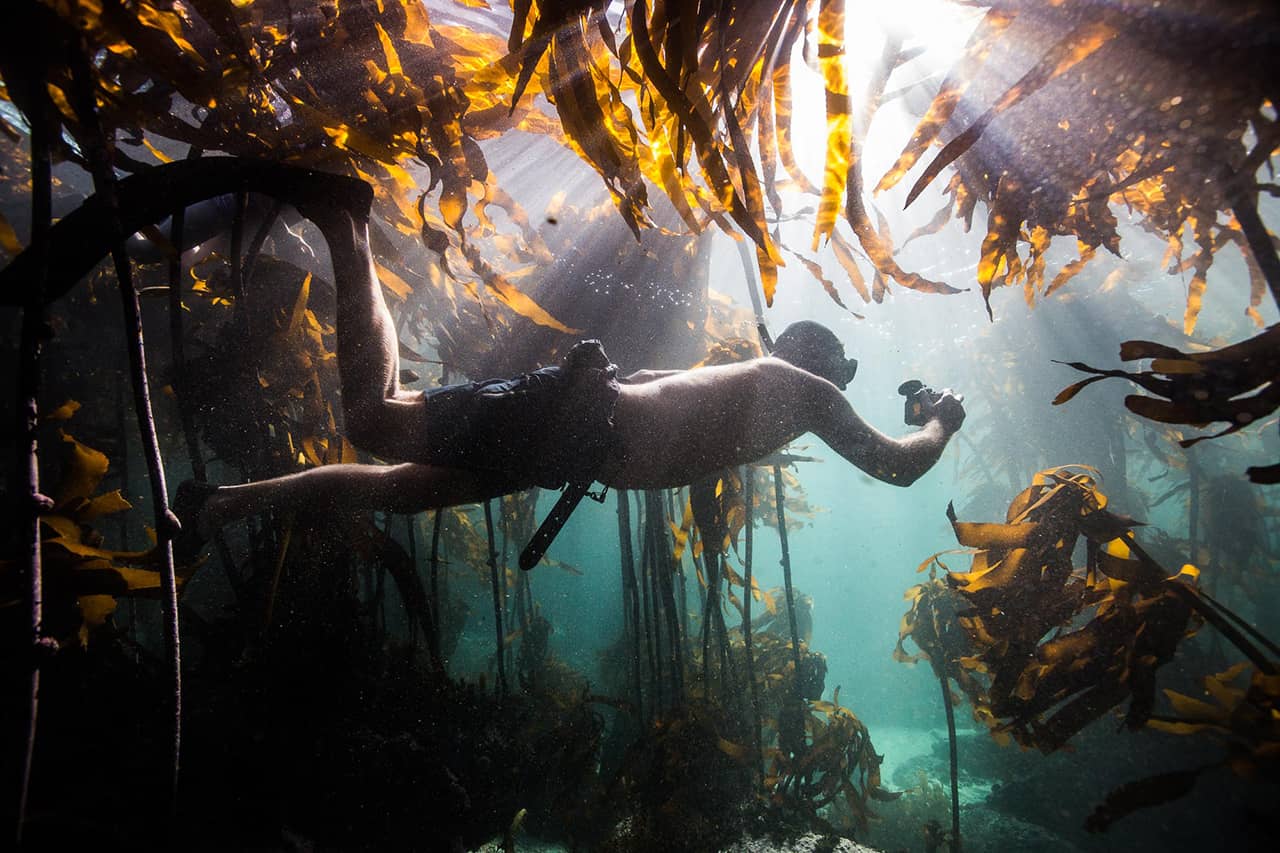
Foster describes the art of tracking as the oldest language in the world. “Imagine if you could learn a language that could let you feel your deepest ancestor. Imagine if you could learn a language that would let you fall in love with the place you live in, with the earth and the ocean. Imagine if that language could let you inside the minds of animals and let you see their secret worlds from afar. And imagine if that language could alter the pathways inside your mind, and create a mirror that you could step through into an enchanted realm. That language is tracking.”
Spurred by Foster’s love for tracking and a desire to share the knowledge he has gained over the years, Sea Change Project, in collaboration with the !Khwa ttu San Heritage Centre, recently spent the day with a group of young San people, reanimating their ancestors’ tracking skills and communing with the land and ocean. Helmed by Michael Daiber, !Khwa ttu is a hive of activity, bustling not only with tourists and researchers, but also young San people participating in work experience programmes, learning about their heritage, and equipping themselves with life skills to help them succeed in the world.
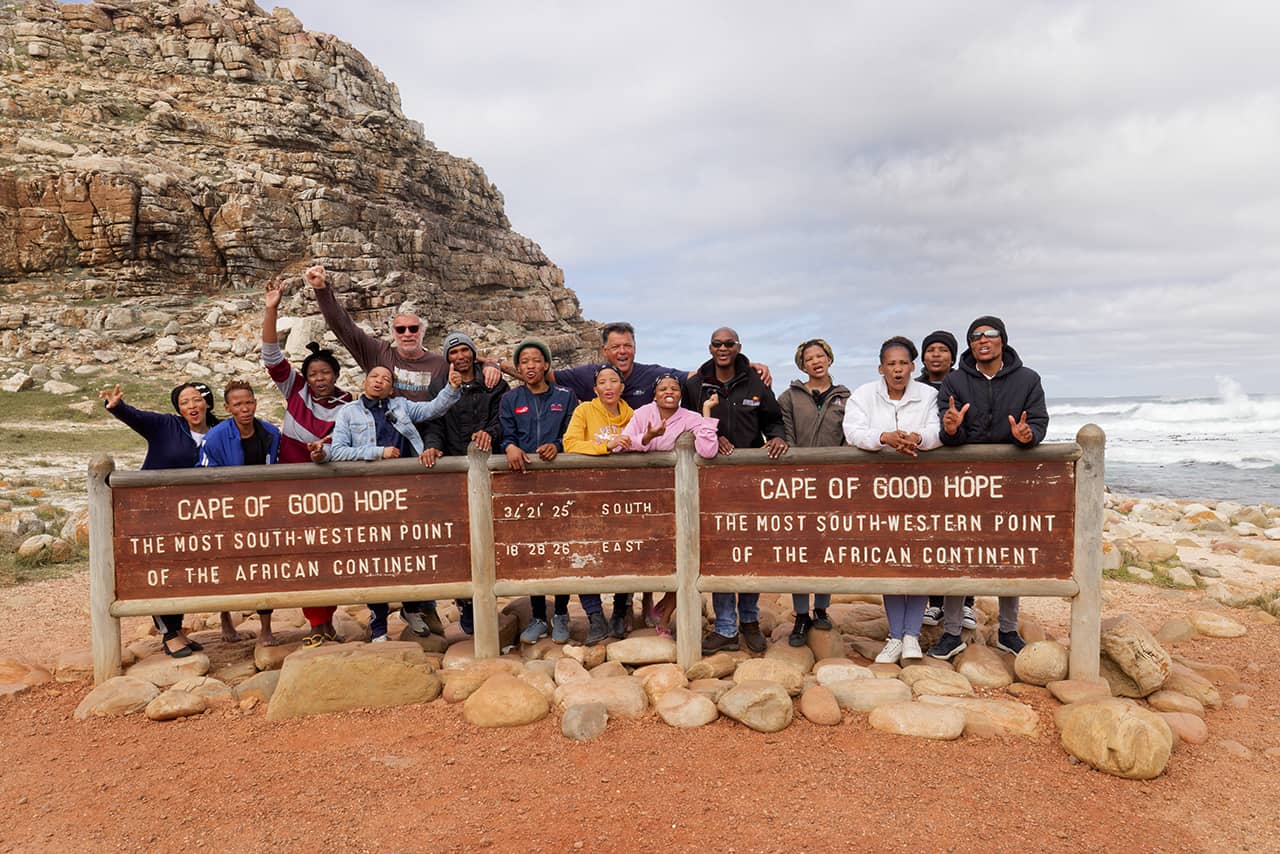
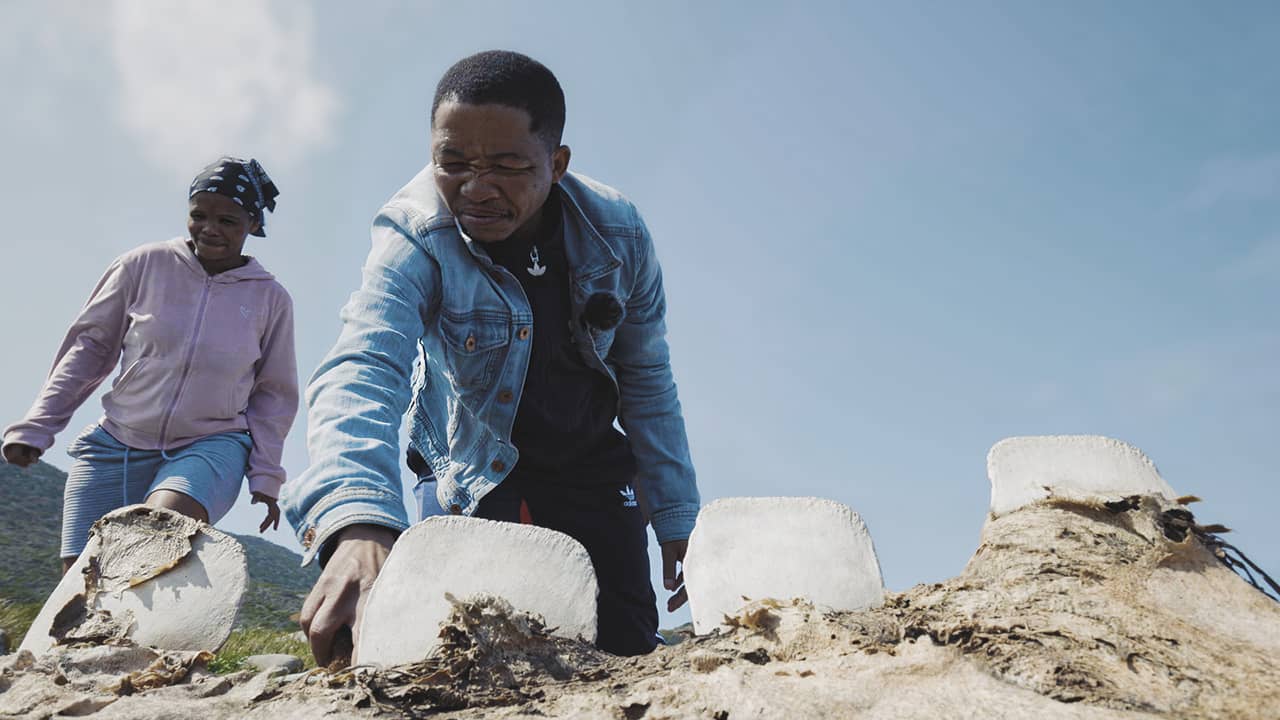
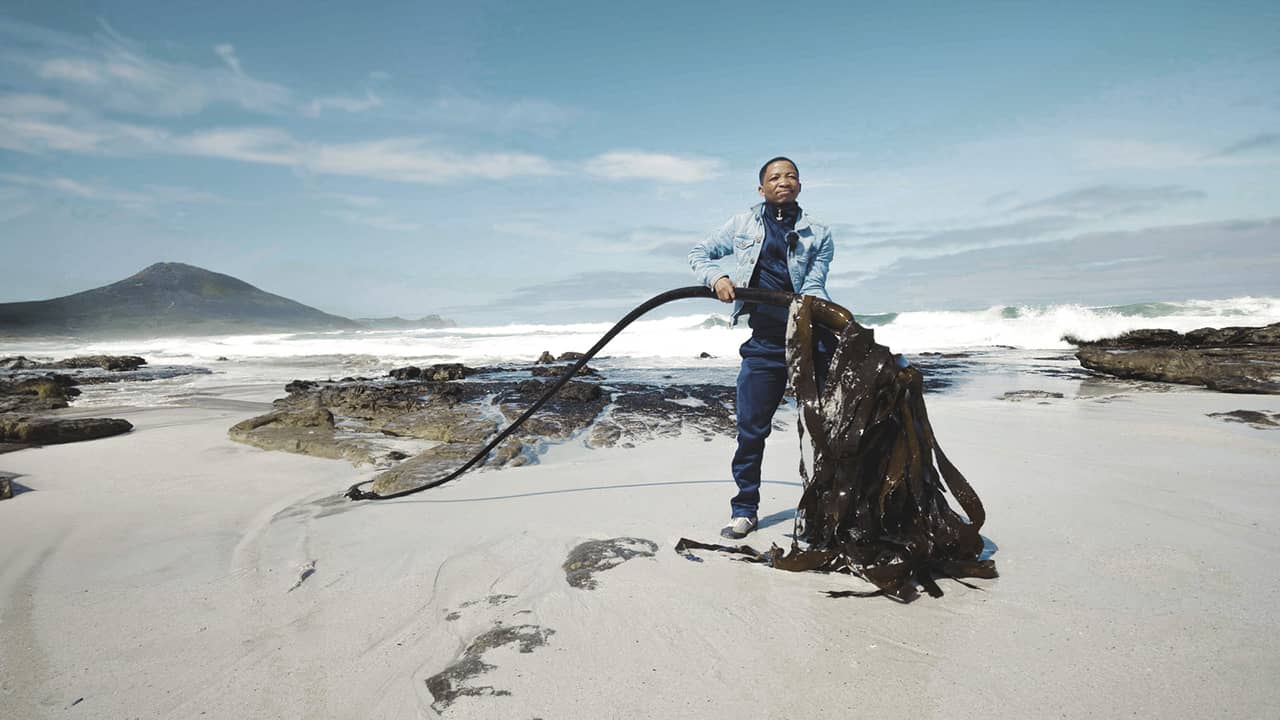
The aim of the excursion was to connect people to nature in a deeper way and awaken the innate wild knowledge these young San people have. “One of the most effective ways to deal with the mental health epidemic we have in the modern world is to reconnect to the wild,” says Foster. “Tracking and nature observation sits at the core of this.”
After tracing the land and learning to read its language, the group donned masks and snorkels and braved the frigid waters of a tidal pool, sans wetsuits – just as their ancestors would have done. For some participants, this was their first peek below the surface. There were sea stars and anemones, and Mother Earth’s blue womb. There was also awe and excitement. “The most enjoyable thing in my life today was getting inside this water,” said Otshabile Otsetswe from Botswana, Xere community.
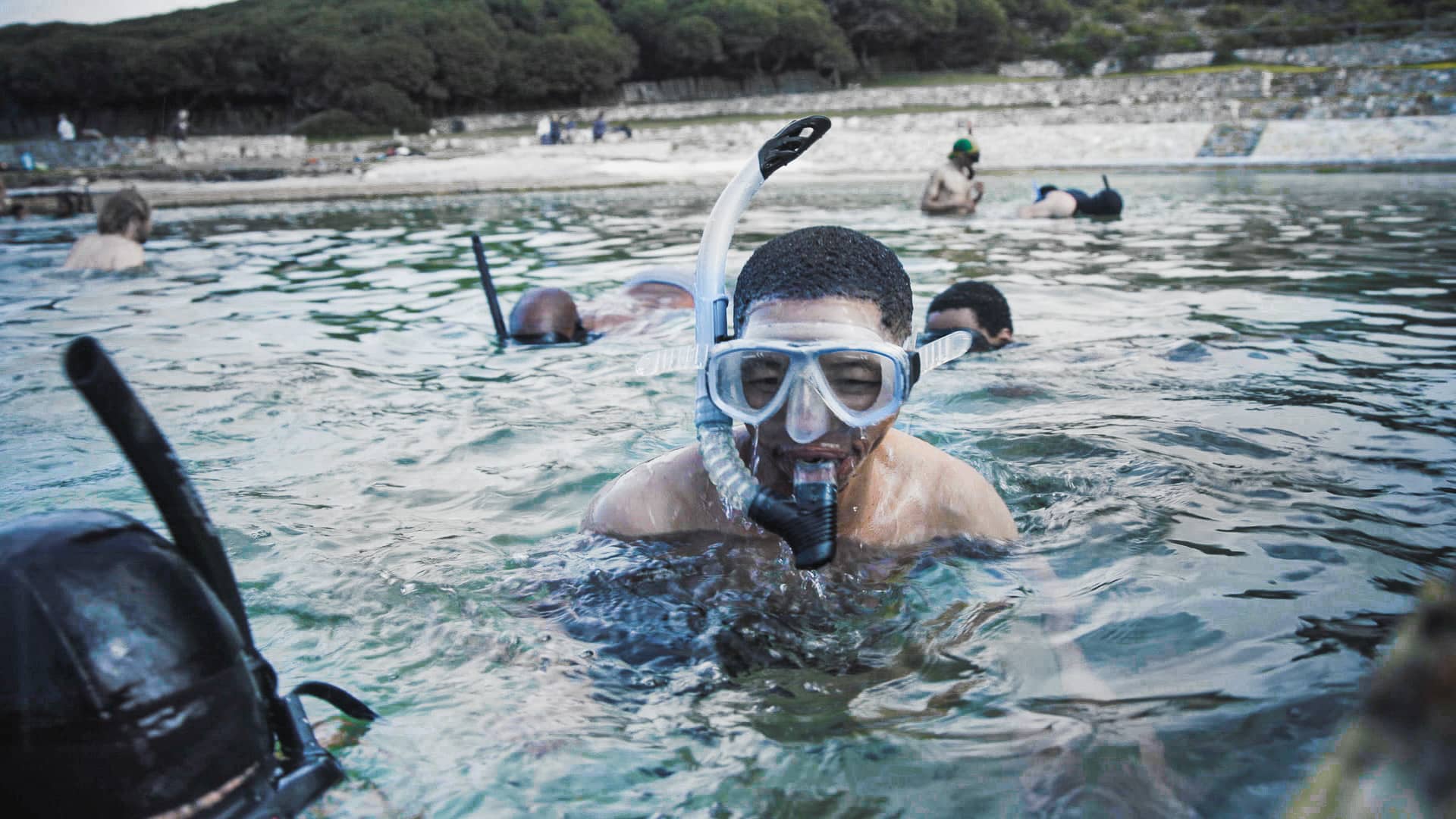
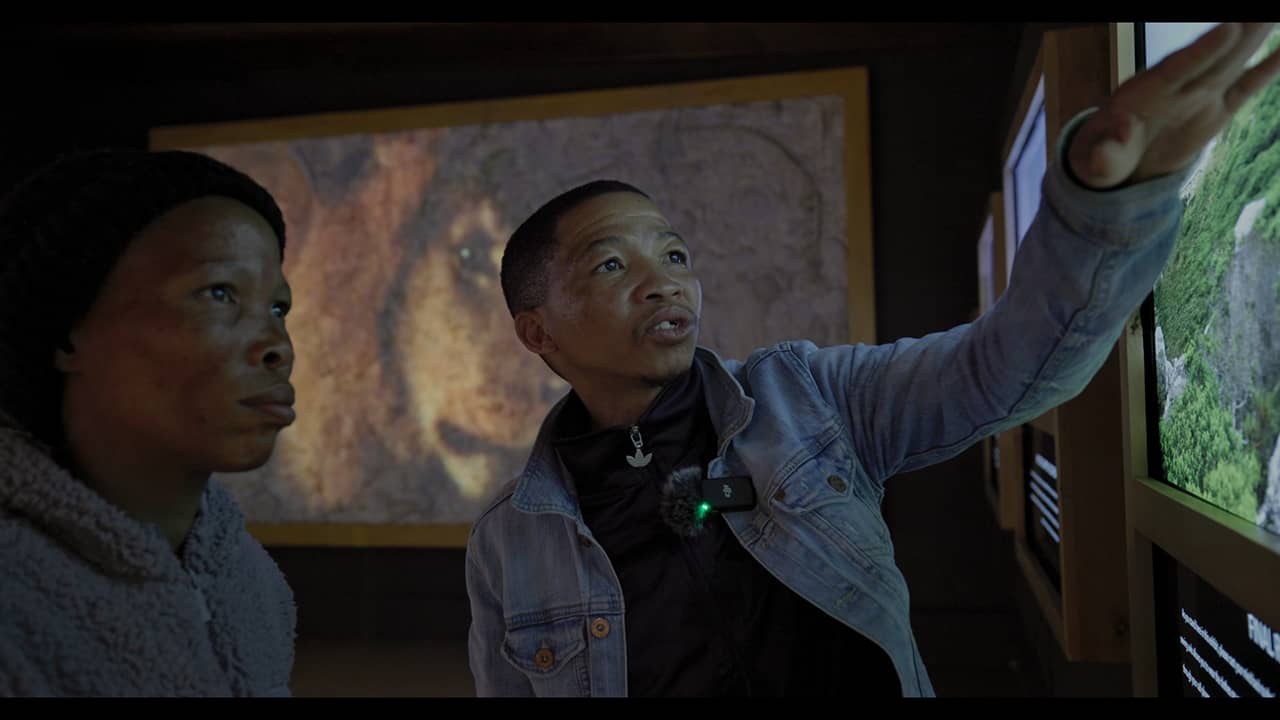
“The exhibition gives great context to what went before, where we are now as a species, and in many ways our deteriorating relationship with nature. There is a disconnection that results in so much of the depression and anxiety in our society today that seems to be reaching pandemic proportions,” says Marais.
While many humans are now city dwellers, their ties with nature severed, Foster says tracking can still be applied to the modern world. “Cities are often biodiversity death zones, and this needs to change. But many cities have surprising populations of animals and plants and tracking can be done. It’s also powerful to track humans. Our tracks and behaviours are left everywhere.”
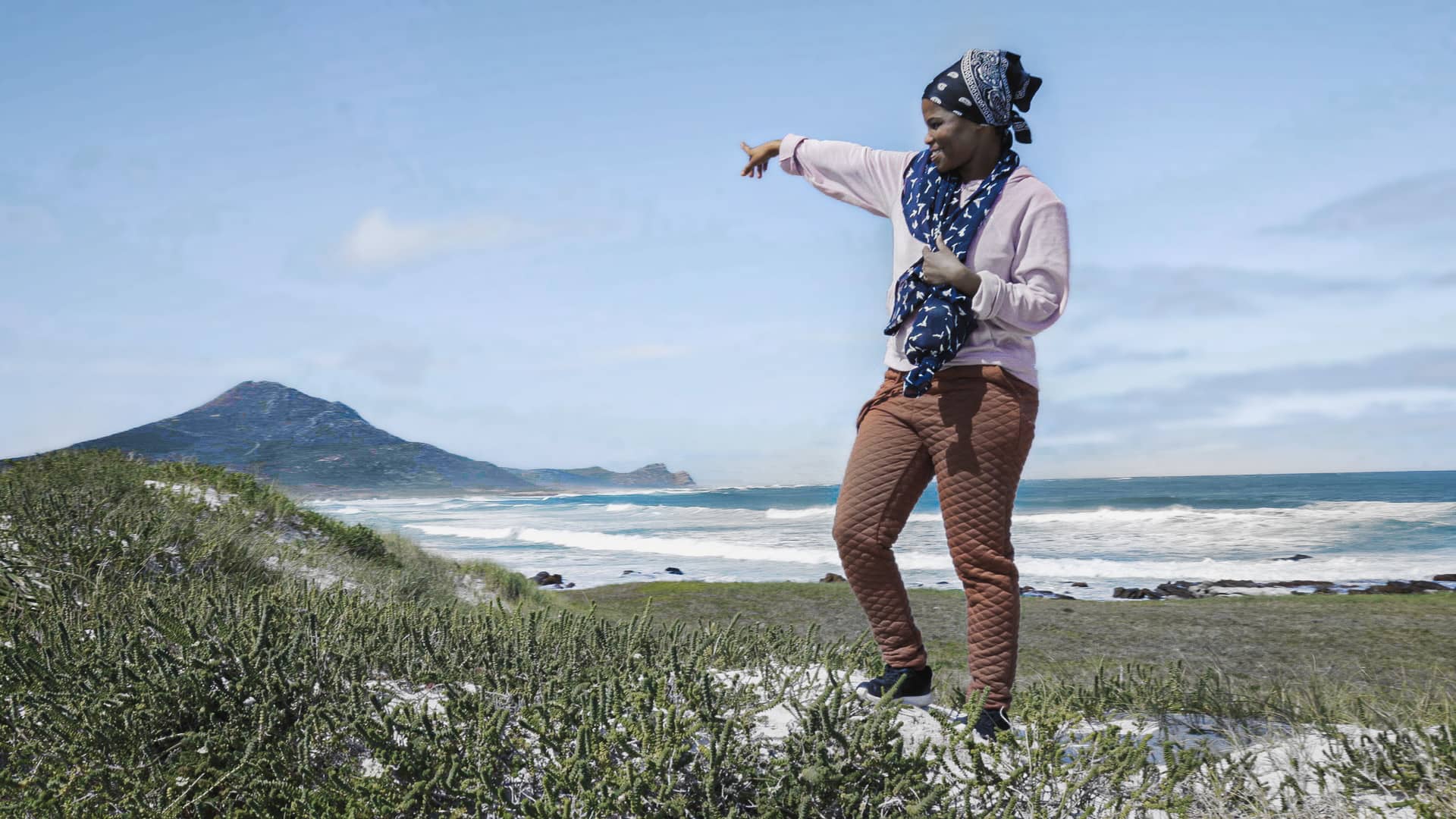
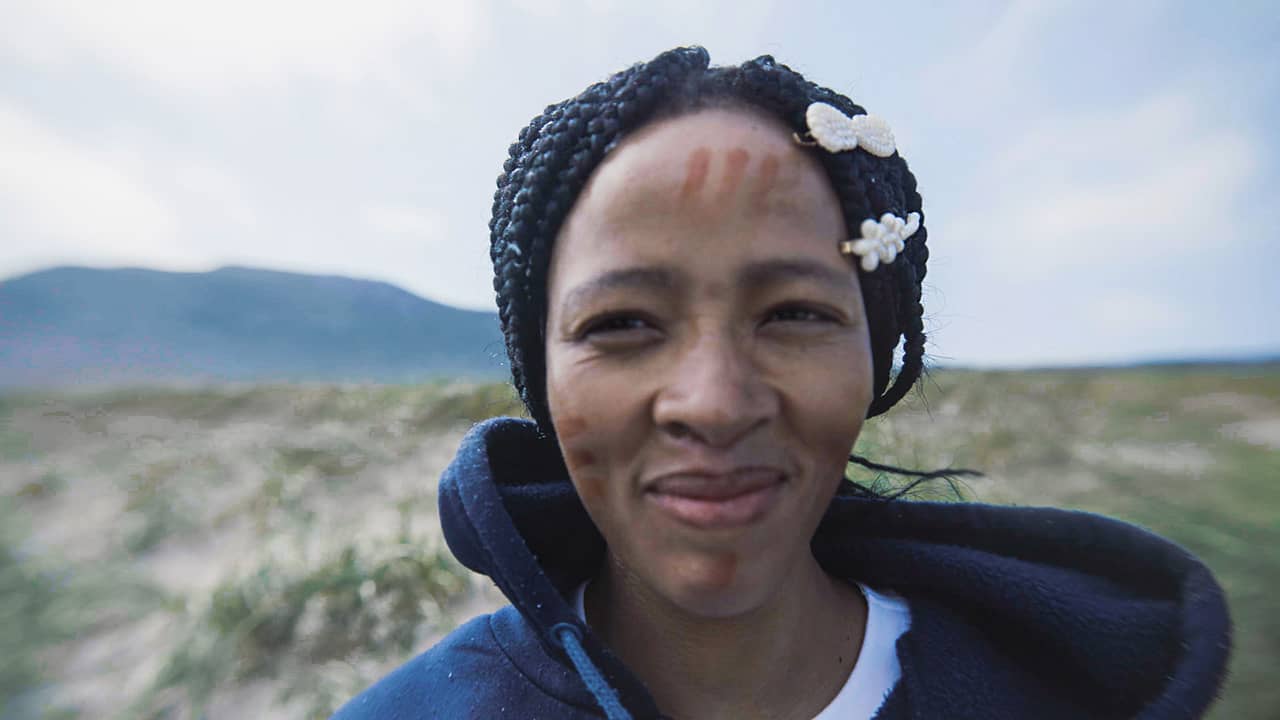
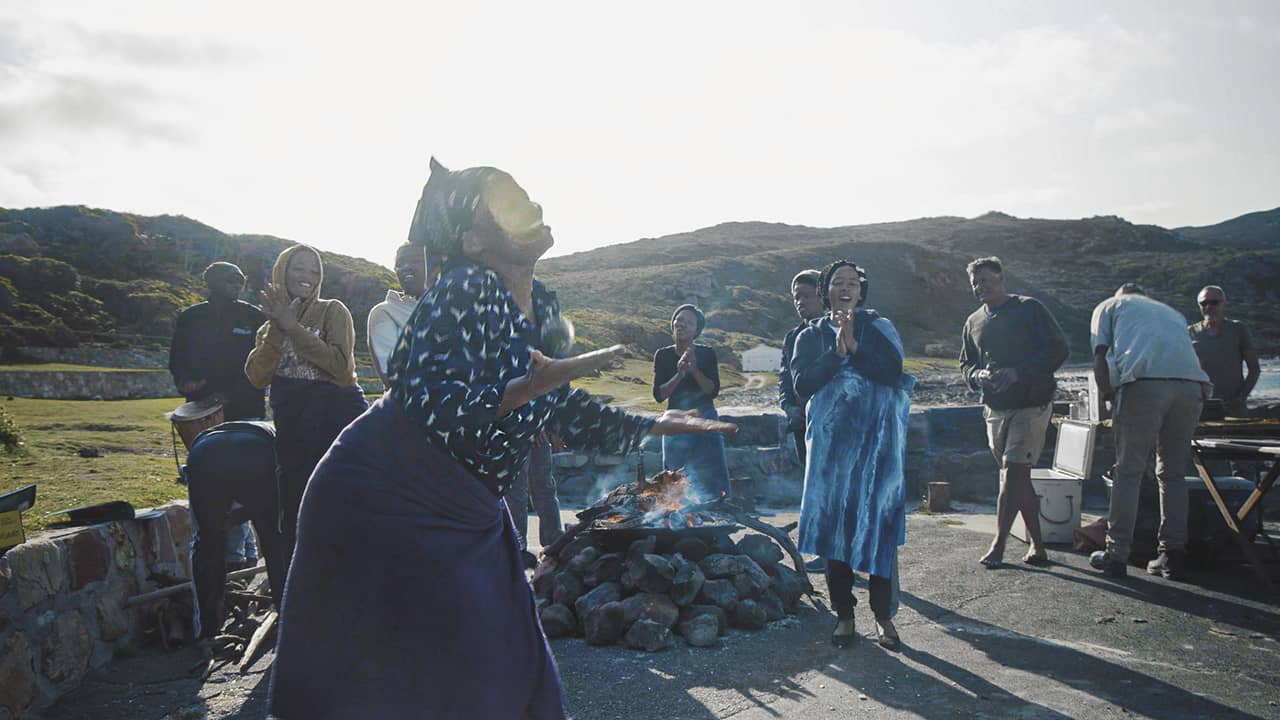
To learn more about the art of tracking and the magical day spent at Cape Point, watch the video below.
footnotes
